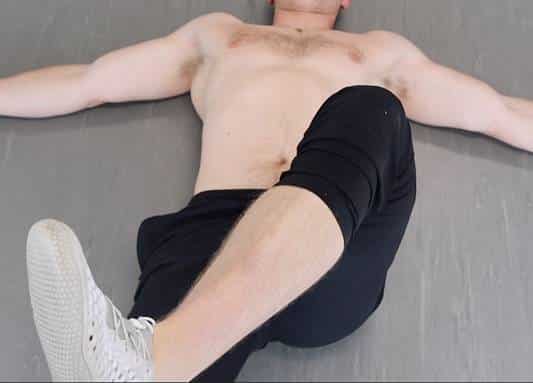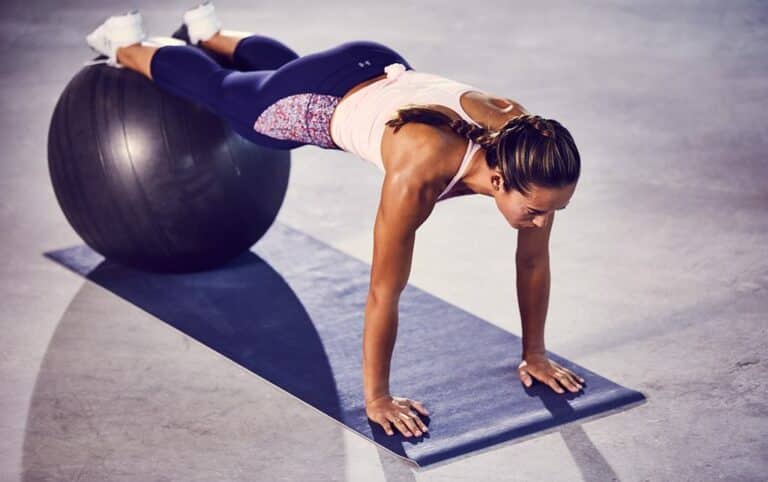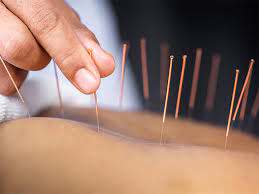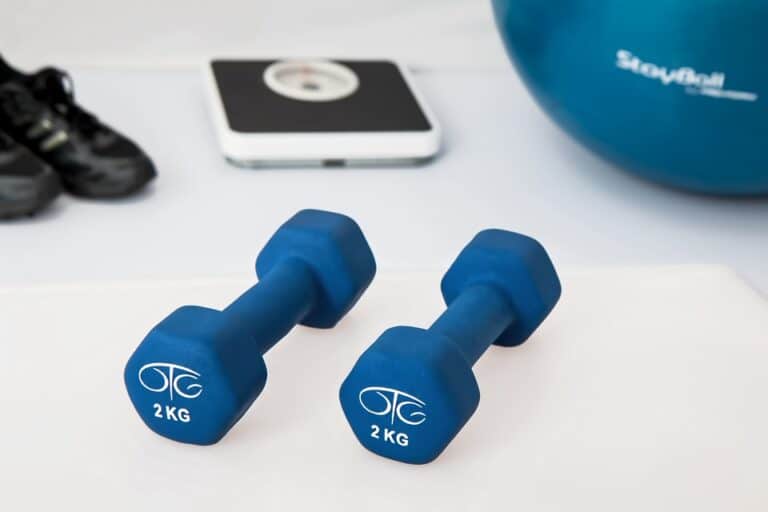Due to a laundry list of modern cultural factors, our hips take a beating. Simply put, we’re not really using them the way they were designed to be used. We’re bipedal specimens, meaning we walk on two legs. When we walk, run or move in general, the space between our feet increases. Now, this is obvious, but from an anatomical standpoint, it’s extremely important to consider. When we sit or stand in one place too long, our legs don’t get ‘stretched’ into any new positions. This convinces the brain and nervous system that any other position is not necessary to remember. Years and years of similar day to day routines cause your body to tighten up in an effort to protect you in the position you visit most frequently.
As the saying goes, if you don’t use it, you lose it.
Lunges or any other split stance form of training can be a great addition to any exercise program as it takes you out of the typical closed hip angle we find ourselves in throughout the day. But I want to share an additional concept of training you can do to ensure you move well and leave your hips feeling like butter. What is the missing part of most people’s exercise programs?
Rotational training.
Most of us have limitations when it comes to our femur’s (leg bone) ability to rotate inside the joint capsule. When the capsular space decreases, everything else tightens up and pressure gets placed in undesirable places such as the low back, knees, shoulders and ankles.
By increasing your usable amount of internal rotation for instance, you are increasing the available joint space in every other direction. Pinching in the front of the hip, or an inability to lift your foot high off the ground, which is essential for walking, may very well be contributed to a lack of hip internal rotation. External rotation is necessary for knee stability and can help your glutes to be more readily recruited during walking, squatting, standing and lunging. This is extremely important for the person with low back pain when standing for too long, or the person who has vulnerable knees.
And no… it isn’t that the floor is too hard.
Here’s what to do
Lay on your back with one leg straight and the other bent so that your knee is directly on top of your hip. Now, without moving your knee AT ALL (imagine it is a on a rotisserie and can only rotate, but not deviate side to side or front to back) rotate your leg in and out, really trying to initiate movement from the hip. I recommend holding each end position for at least 5 seconds. Doing 10 repetitions per side, per leg, every day is a great way to give you more awareness of your hips and give you control over your ability to rotate.
Position 1 – External Hip Rotation

Position 2 – Hip Internal Rotation









